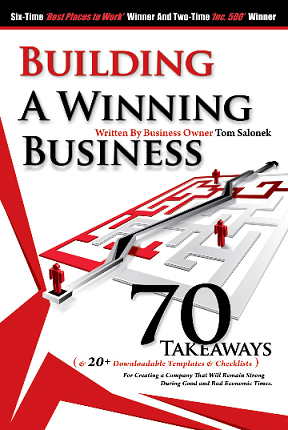 As anyone who has ever had an awkward first date knows, first impressions matter. Likewise, the amount of effort you put into effectively bringing someone new into your organization plays a significant role in whether or not he becomes a long-term employee.
As anyone who has ever had an awkward first date knows, first impressions matter. Likewise, the amount of effort you put into effectively bringing someone new into your organization plays a significant role in whether or not he becomes a long-term employee.
- At Intertech, we send a floral arrangement to a new employee’s home upon acceptance of our offer, with a note of welcome. The week before he starts, we send an e-mail explaining what to expect the first week
- Beyond the obvious orientation activities—lunch, HR forms, and meeting other employees—set the tone quickly by telling the new person about your company’s history, particularly through anecdotes and personal observations. This can be more challenging at large and long-established corporations, but even in those organizations mentors can tell new employees about their own relevant work experiences to make the culture come alive.
- At Intertech, instead of a PowerPoint deck that talks about our history, I take the new hire around town to see the company’s milestones (such as the 800-square-foot house where our firm was hatched in my early 20s). Before or after our driving history tour, I talk about the company’s strategic plan, where we’re headed, our communications guidelines, and, most important, how the employee fits into our future.
Tom’s Takeaway: “You only get one chance to make a first impression. Take the time and care to communicate with new employees, letting them know you’re confident that they quickly will become valued members of your team.”
Download Available — D7: www.Intertech.com/Winning-Business
—
Thoughts since the Book
- For some strategic hires, I’ve created an onboarding document that outlines our org chart, a breakdown of their team, key meetings, core responsibilities, logins/access to sites and systems. This document was sent prior to the first day and made for a rapid transition.
 For the ninth time, Intertech was named to the Inc. 500/5000 list of the fastest growing companies in America. Intertech experienced 77% growth in sales over the past three years. My thanks to our exceptional employees and dedicated customers. We are not possible without you.
For the ninth time, Intertech was named to the Inc. 500/5000 list of the fastest growing companies in America. Intertech experienced 77% growth in sales over the past three years. My thanks to our exceptional employees and dedicated customers. We are not possible without you.
